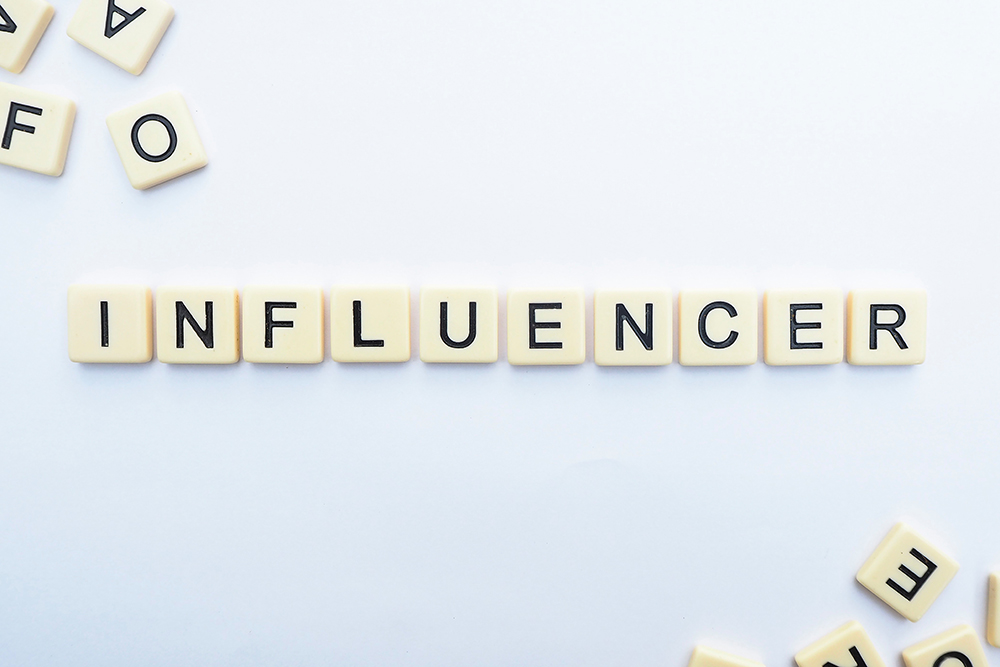Melbourne, Australia’s second-largest city, is becoming a case study in handling a second wave of infections. There are lots of unanswered questions.
Whatever the metaphor, its dark. Melbourne, a city of five million that is considered a capital of food and culture, is becoming a prime example.
It, and the rest of Australia, was once a shining victor, believing the virus to have been licked as of late June. Then Melbournes hotel quarantine program broke down, with returning travelers passing the virus to security guards, who carried the contagion into their neighborhoods.
The spread continued even after Melbourne started a so-called Stage 3 lockdown in early July until recently, the highest level of restrictions with no large gatherings and most people working from home. Officials grew increasingly angry as they discovered that the perception of a problem solved had produced complacency.
Traffic data showed people in Melbourne driving more in July than they had during the first Stage 3 lockdown, in March and April. Even worse, almost nine out of 10 people with Covid-19 had not been tested or isolated when they first felt sick, Mr. Andrews, the states top leader, said in late July. And 53 percent had not quarantined while waiting for their test results.
That means people have felt unwell and just gone about their business, Mr. Andrews said.
He made face masks mandatory the next day, on July 22.
Still, infections have continued to rise. They peaked at 753 new cases on July 30 and have hovered around 500 a day ever since, with the death toll in Victoria now standing at 147, after 11 deaths were recorded on Monday.

